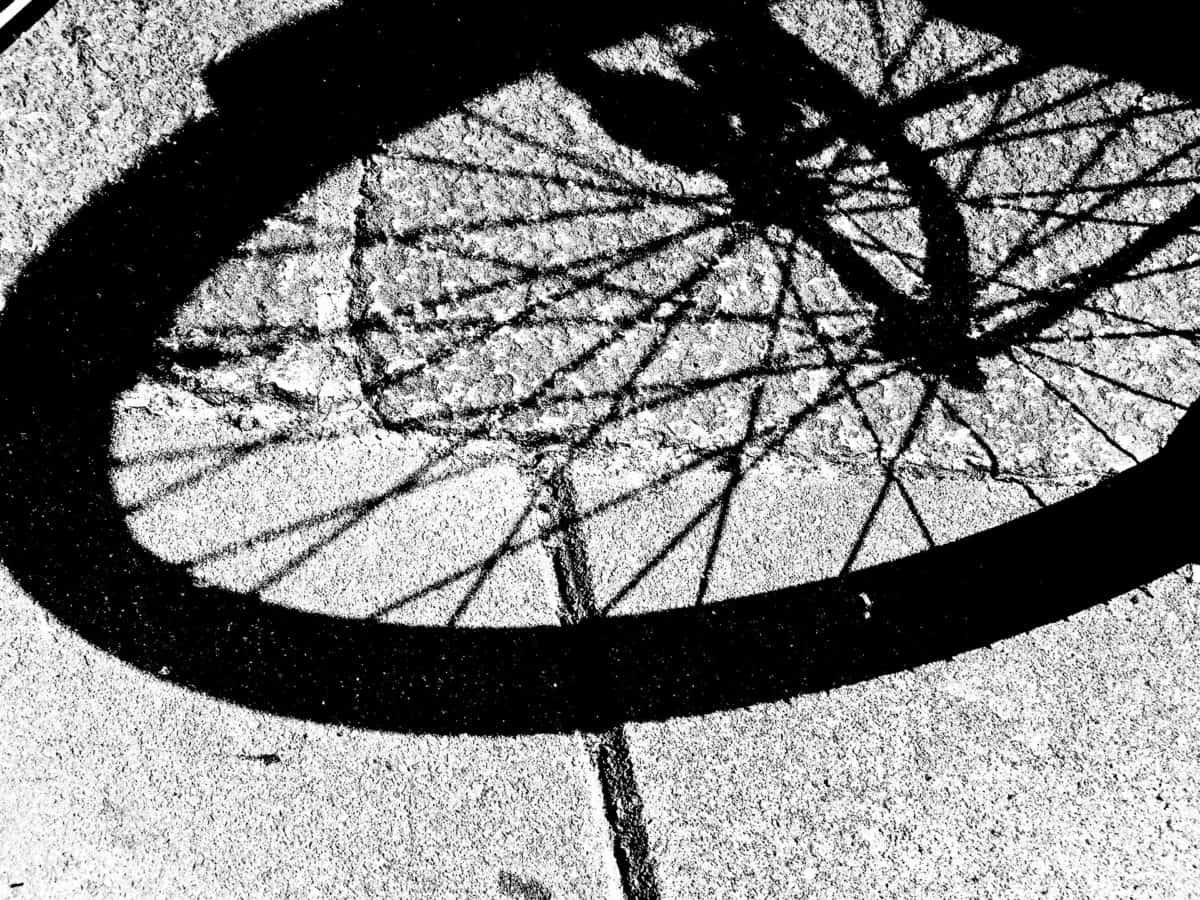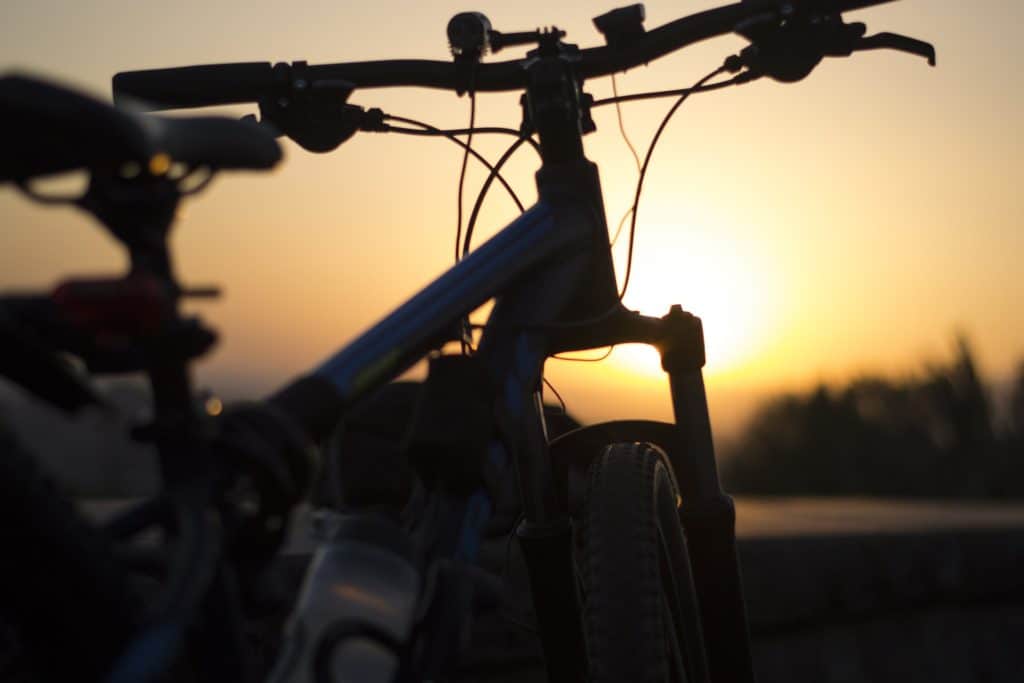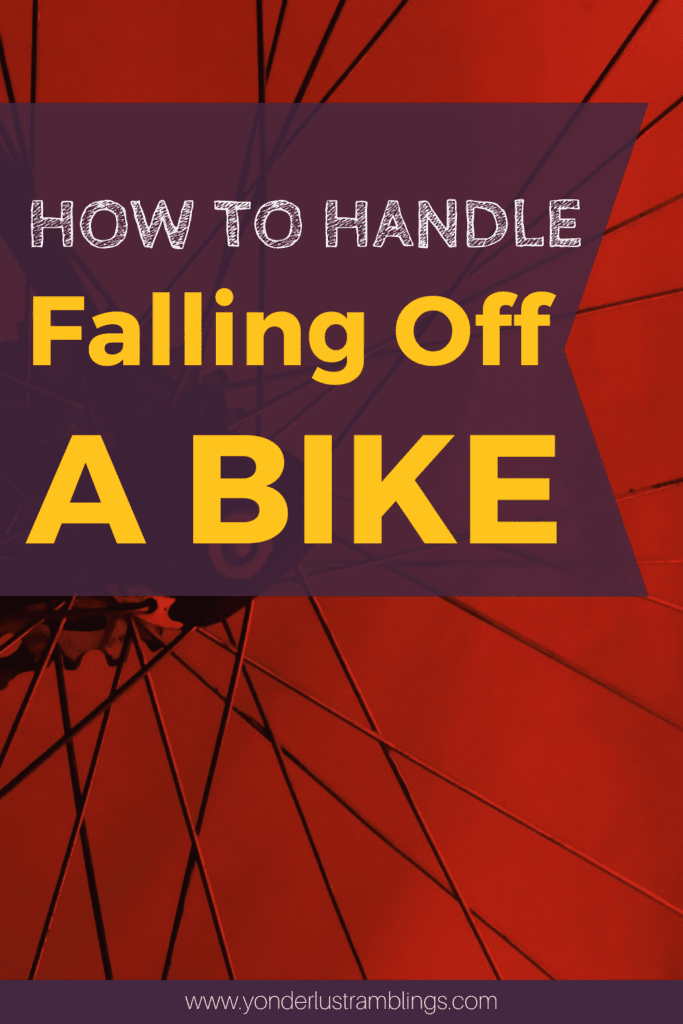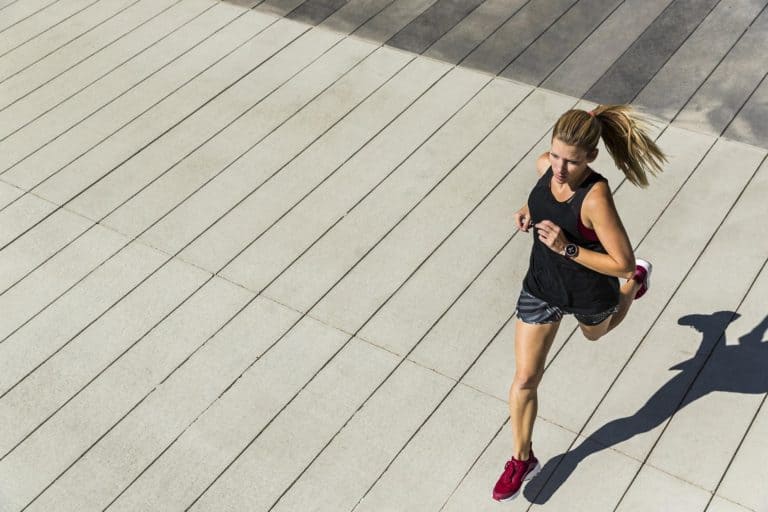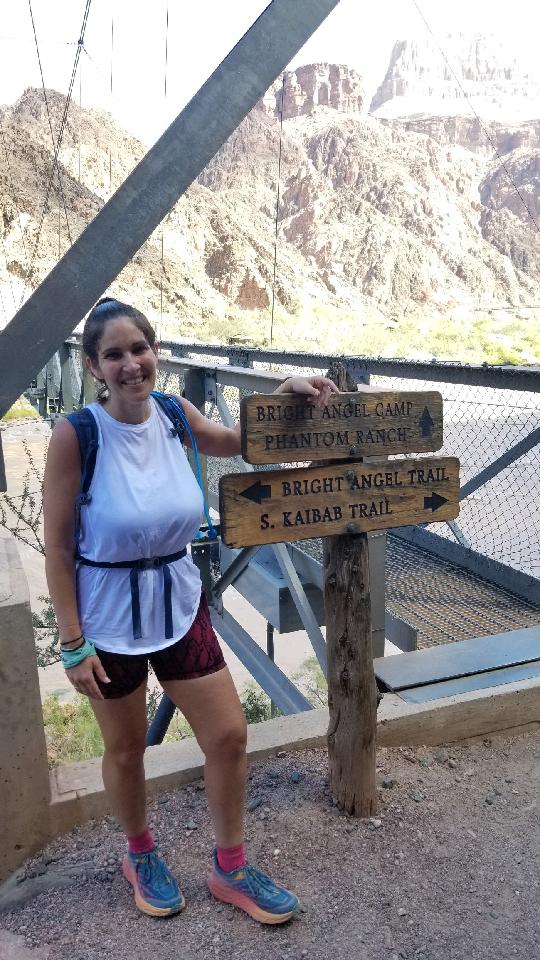Falling Off a Bike: How to Handle It, and Ways to Prevent It
I fell off my bike today. It is a phrase every cyclist has uttered, and an inevitable experience for every cyclist. Falling off a bike is like a right of passage when learning your way around cycling. And even experienced pros have their unfortunate share of taking a fall from a bike. Do not let this stop you from the enjoyment that can come from cycling. Embrace the learning experience, and prepare yourself to responsibly react to falling off a bike, as well as learn ways to prevent it.
Disclosure: Below are some affiliate links-these are all products I highly recommend. I won’t make any recommendations on this page that I haven’t tested or personally used!
What Should I Do After Falling Off a Bike?
When it happens, and it will, here are a few ways to react to the situation. Remember that as you practice these steps, to stay calm throughout.
- Before attempting to move, assess yourself for injuries and make sure you are able to move yourself.
- If mobile, move yourself (and your bike if possible) to a safe location away from roads and vehicles.
- Take a minute and take a breath. Don’t rush assessing yourself or assume you are ok. Don’t let embarrassment cloud your judgment of what your needs are. Be realistic in knowing if you need to seek assistance.
- Determine if you can stand, walk around, move your head, neck, arms, and legs, without pain? Are you able to lift your bike without pain? Is there any blood?
- Let your gear tell the story – checking your gear can also help you determine the extent of your situation. Is your helmet damaged in any way? Then you need to take extra care in assessing if you received any injuries to the head, such as a concussion. Are any parts of your bike damaged that might also give you a clue as to where you might have sustained the brunt of your injuries?
- IF your body is ok and able to proceed from the crash sight without medical attention or assistance, then assess your bike. Check over the basics first:
-
- Wheels and tires: Are the tires holding air? Are the wheels structurally sound?
-
- Are the wheels or spokes damaged in a way that they are no longer operational?
-
- Brakes: are the brakes working still?
-
- Can you still shift gears?
-
- Is the chain still in working order?
-
- Is the saddle still firmly in place and attached to the seatpost?
-
- Frame: check over for any cracks or other significant damage
What Can I Do to Minimize a Fall from a Bike?
For any cyclist, you cannot 100% prevent a fall from a bike, but there are things you can do to proactively minimize the likelihood:
- Be Prepared for Falling Off a Bike – always check over your bike and your gear before you head out. Check the tires, the chains, the gears, shifting, etc.
- Bring the Right Gear – always bring along an emergency kit, with items like a cycling multi tool, repair kit, spare tube, and mini pump. It is also a good idea to carry a small emergency kit for yourself, with items like antibiotic ointment, bandaids, and gauze. Because we know that falling off a bike is inevitable, it is best to not be completely stranded without help when it does.
- Get the Right Helmet – don’t skimp on this, get one with HIGH safety ratings, like my Giro road cycling helmet.
- COMPREHENSIVE PERFORMANCE AND PROTECTION: Engineered in Giro’s helmet test lab.
>>>MORE: Check out these 16 biking accessories every beginner cyclist needs!
- Practice Makes Perfect – make sure to practice certain elements about cycling before heading out for real, in order to minimize the amount of falls you may have. For example, if you are trying out clip in pedals for the first time, ease yourself into it. Brace yourself up against a wall or mailbox and practice clipping and unclipping. Don’t go too far on that first couple of rides, because you are likely to take a spill while adjusting.
- Practice on Low Traffic Roads – if possible, or during off peak times, and in plenty of daylight! Know your break spots, and/or your designated turn around spot ahead of time, if you can. Not having to make last minute or on the fly decisions will help to mitigate the potential for a fall off a bike.
- Get in the Right Head Space – taking a fall from a bike is going to happen. There’s no real way around it. Knowing that can help prepare you for dealing with it when it happens. Accepting it, and having a plan for it, can help you rebound sooner. Don’t be afraid to get back on the bike.
Having a safety plan in place can also give you comfort when facing a fall from a bike, or when getting back on after falling from a bike.
- Make sure that someone knows your route, and knows your anticipated finish time
- Scope out your route ahead of time if possible – know where the crossroads, stop signs, hills, and trafficked areas are.
- Avoid using headphones, earbuds, or other distractions
- Never trust other drivers, ride defensively
- Avoid cycling in bad weather or in low daylight if possible
- Know the cycling rules of the road – i.e., right of way, signaling, safe passing, etc. For example, do you know whether you should bike with or against traffic?
- Understand and maintain your bike – take it in for regular tune ups and check ups
- Learn the nuances of starting and stopping on a bike – no surprise here, but starting and stopping on a bike is different than other methods of movement, and it is one of the common reasons behind falling off a bike.
It is very difficult to stop on a dime, especially if you ride with clip ins. Know that you need to anticipate a stop ahead of time and give yourself more space to do so. Starting may also require a little extra time and space, especially when starting out as a newbie, or when getting used to clipping in.
- Finally, pay attention at all times!!! – before I was a cyclist, I was a runner. Now runners have to act defensively as well, but it is much easier to move quickly out of the way or jump to the side of the road when there is an obstacle versus cycling.
Cycling requires constant attention and monitoring of your surroundings, and the ability to anticipate dangers in advance. Even a second of distraction can lead to a fall from a bike. So no matter how many times you’ve ridden your bike, or how familiar you are with the course, always, always, pay constant attention!
- If the fall happens, try to relax, accept it, and don’t fight it – try to land in a way that your shoulders, hips, or rump take the brunt of the impact.
>>>MORE: Going solo? Check out these 7 safety tips for cycling alone!
So there you have it, everything you need to stare down that fall off a bike and get back up!
Want to take your cycling to the next level? If you are interested in training for a long distance race, check out this 16 cycling training program for beginners!
PIN for LATER!
Last update on 2023-08-09 / Affiliate links / Images from Amazon Product Advertising API

